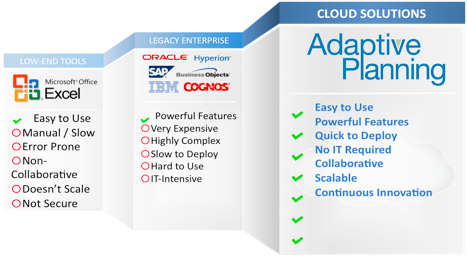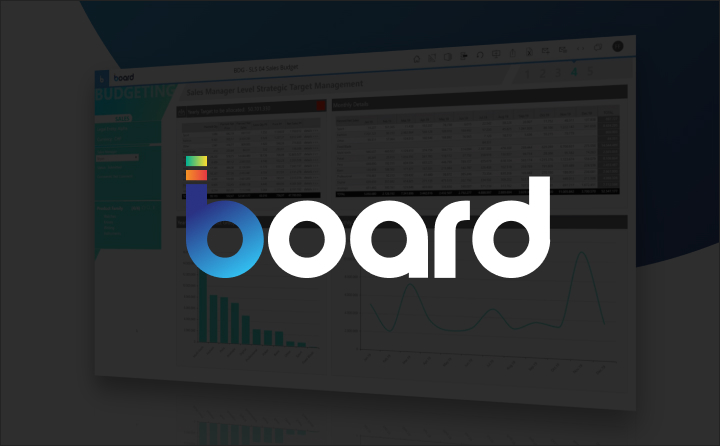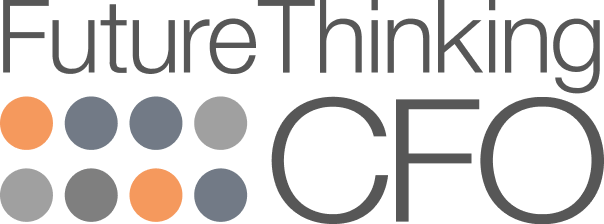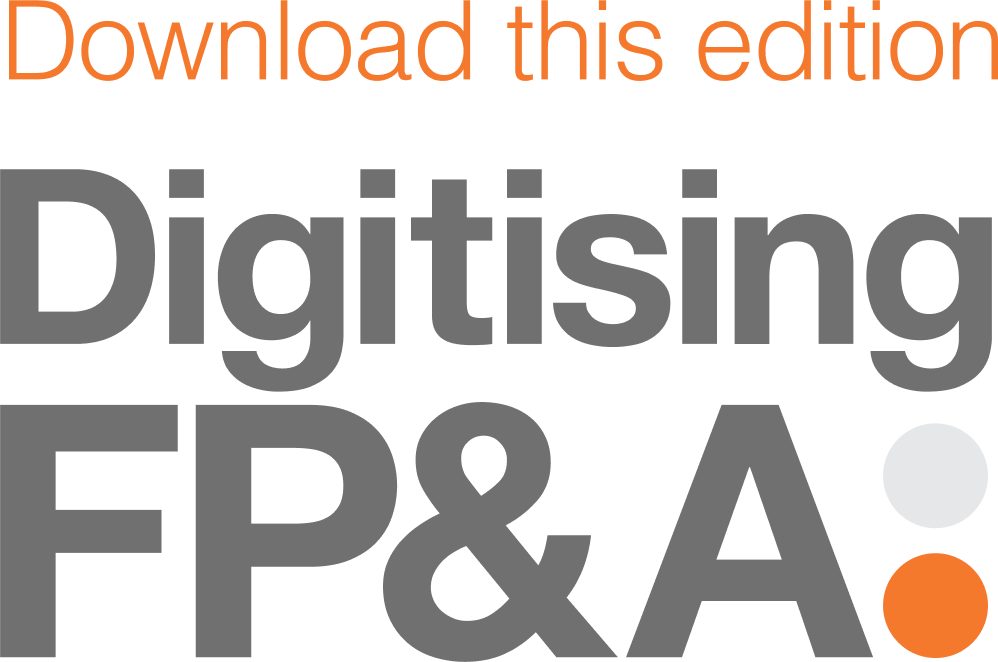13/06/13: Excel is a great tool and I have no doubt that human society would not be where it is today without Excel. The early days of sports statistics flicking up on the TV screen while you watch your favourite game (how many cans did David Boon consume on that flight?), scientific research into the development of your favourite [insert product here] and those adored marketing campaigns that disturb your evening meal by simply calling your home phone – they all have some link to Excel no doubt.
These days knowing when and when not to Excel is a key decision in any business process design. With the advent of technology there are application based alternatives for just about every business process that will improve data quality, visibility, auditability, data security and reduce time and effort. Sure sometimes a quick Excel spreadsheet will get you the information you need to be able to make a decision. This information isn’t needed once the decision has been proposed and accepted so Excel is great for these situations.
However, when designing a process that is central to your business performance and requires the involvement of multiple people throughout your organisation do you really want to use Excel? You risk having the wrong formulas, the wrong result, countless hours reconciling and searching for errors, data falling into the wrong hands and no possibility of tracking progress apart from sending an email requesting an update. I once heard this described as EXCEL WARFARE.
Excel should not be used if you answer YES to either of the following
1. Will this spreadsheet be used by more than 2 people?
2. Is the information contained in this spreadsheet critical to my business?
3. Do I rely on this information to make my company or department operate effectively?
4. Do I need multiple copies of the data to allow for concurrent access or data security concerns?
The good news for those in this situation is that replacing Excel is no longer as expensive as it once was. Cloud based and SaaS licensed products have lowered the cost and commitment of replacing Excel to a point that most organisations will be able to find a solution suitable to their budget. Budgeting and Forecasting is a classic candidate for progressing off of Excel onto an application. Budgeting and Forecasting software such as Adaptive Planning has not only lowered the cost entry point but has lowered the maintenance burden as well. Adaptive Planning requires no IT staff, no coders or programmers and can be administered completely by business users. Combined with no hardware costs and no expensive upgrade costs, Adaptive Planning’s product suite reduces the total cost of ownership by 70% and improves the return on investment calculation to a very attractive number.

Please contact GK Horizons for more information.









